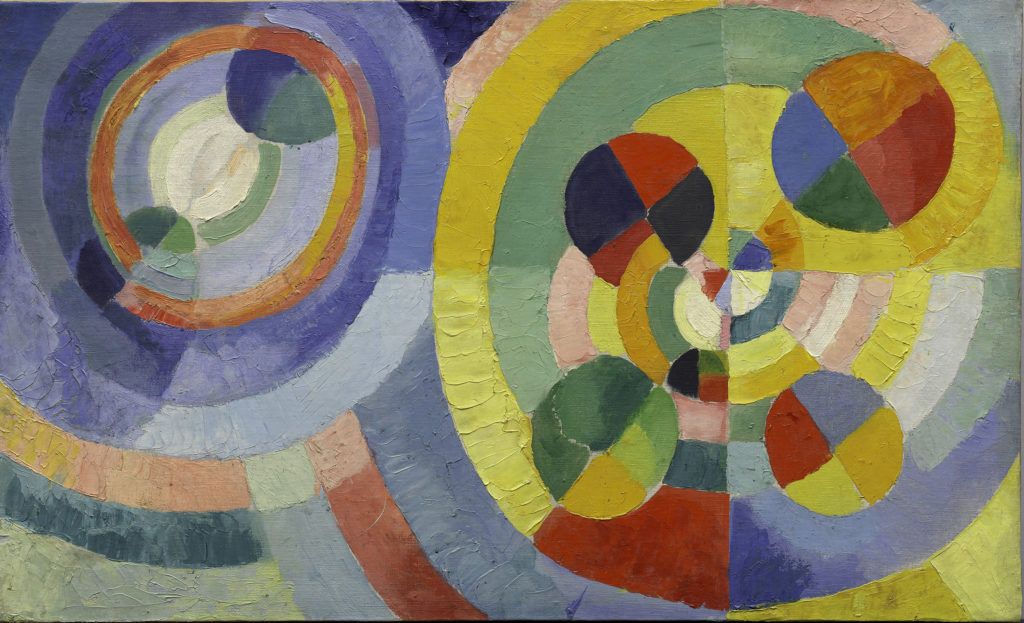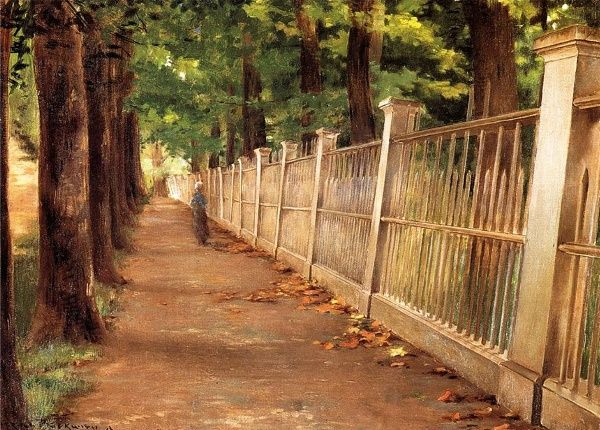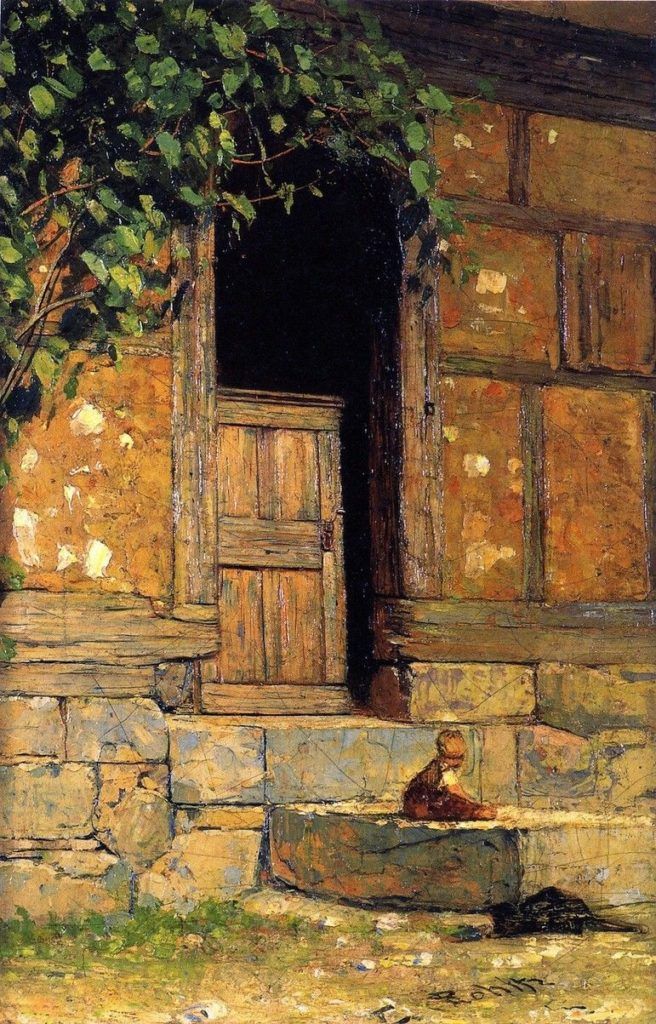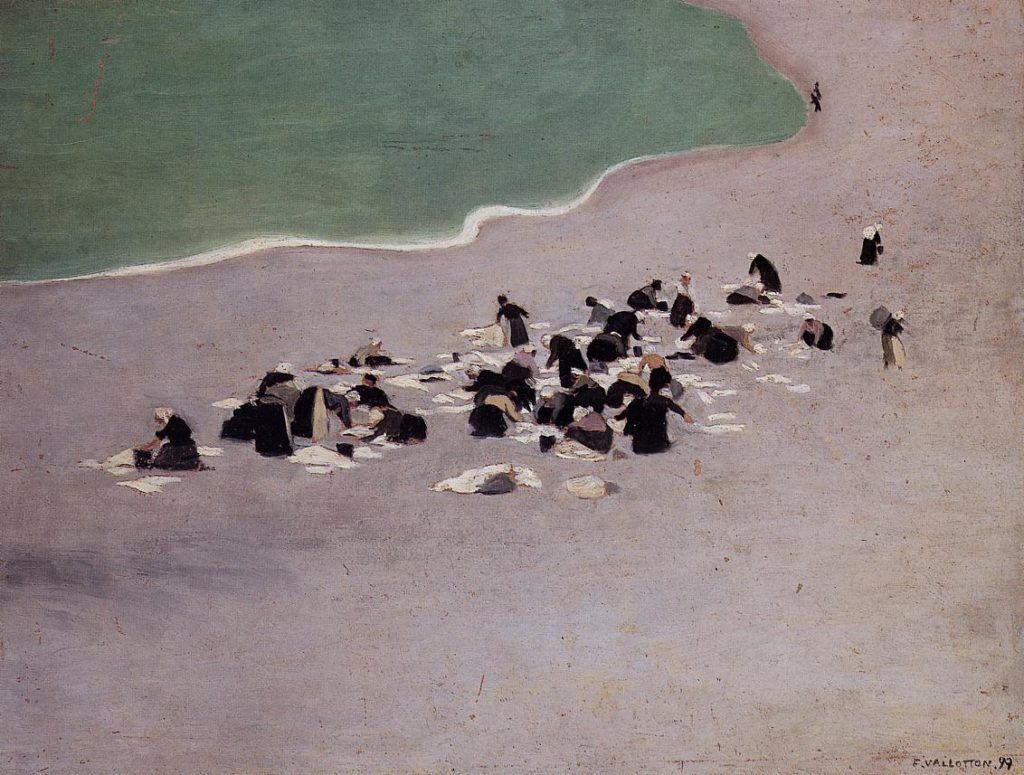Sculpture With Multiple Values of One Color Sculpture With Harmony Through a Repeating Art Element
A Visual Oasis of Counterbalanced Colour, Shape and Course
Call back of the elements of fine art equally your raw materials, and the principles of art are how you mold and shape them. It is where the style of an artist manipulates the substances he or she choose to apply. Rhythm, harmony in art, balance, contrast, movement, proportion, and diversity — all principles of fine art that can be used solo or in concert with one another.

Harmony in art overall is achieved when the elements of an artwork come up together in a unified way. Certain element can be repeated, yet they still look and feel like they are lending themselves to a whole. Harmony is definitely non monotony but as well not chaos. Information technology is that perfect pairing of the 2.
Harmony is conveyed in several ways. Yous tin take harmony in art using colour equally your vehicle, too equally the marks y'all brand and the forms yous paint.
Color Harmony in Art
The power and appeal of color is what draws many artists to the easel for the offset time. But color comes with its own share of complications. In that location are a number of color theories around creating harmonious colour.
One is the use of complementary colors. Another is using split complementaries, which is where a complement'southward flanking colour is used. For example: yellow with bluish-purple and purple-red. Other painters create harmony in art with analogous color schemes, which characteristic colors that are in shut proximity to one another (every bit opposed to contrary) on the color wheel.

Another fashion to clinch color harmonies is to make certain to recall value is about more of import than color. Whether employed subtly or boldly, colors in a painting have to share a relationship and that is oft established through similar colour values. Otherwise, they appear unnatural.
Color associations can too come into play to achieve visual harmony. A sure subject or place (or fourth dimension of twenty-four hours) may accept color associations. A viewer will almost instinctively accept these if not take them for granted. Merely in the end, the human relationship, or harmony, of color is steered past you, the artist, foremost, with all of these options at your disposal.
Forms and Marks
Experimenting with forms and marks is cardinal for whatsoever painter. Describing forms and making marks that are harmonious is oft a matter of taking into the consideration of how the eye itself sees. For case, directing your gaze means that certain things come into focus and other things are blurred and hazy. The human center does not run across everything in item all at one time.

Painters often chase this phenomenon with harmony of edges, both lost and found, hard and soft, rather than relying on such precise, uniformly delineated lines or forms.
Soft edges recede and are frequently used to bespeak distance or a form turning. Hard edges bring forms, patterns and texture into focus. Lost edges are primal to giving your painting life. An excess of "found" edges lead you lot to hyperrealism–an appealing style of art all on its own merely definitely non realistic.
Shapes and Proportions
Shapes that have similar characteristics are visually read as harmonious. It is introducing contrasting shapes that leads to visual discord: jagged edged lines against curves for example.
Proportion is a slightly different example. The same sizes repeated in a painting may really be besides similar for true harmony. Instead, shapes that differ in shape by consistent ratios achieves proficient balance.

The Last Say for Harmony in Art?
It's up to you! In the stop, harmony is an artful response and one that is different for anybody. The strategies we've given you certainly lend themselves to harmony, but in the end perceptions are unique so get what feels harmonious to you, artists!
If you are seeking an artistic guide to assistance you along the way, you could choose none better than the artists included in Pure Pastel . Harmony is e'er-present and highly unique in every painting in this collection! Get this gorgeous book for yourself and enjoy!

Source: https://www.artistsnetwork.com/art-techniques/composition/harmony-in-art/